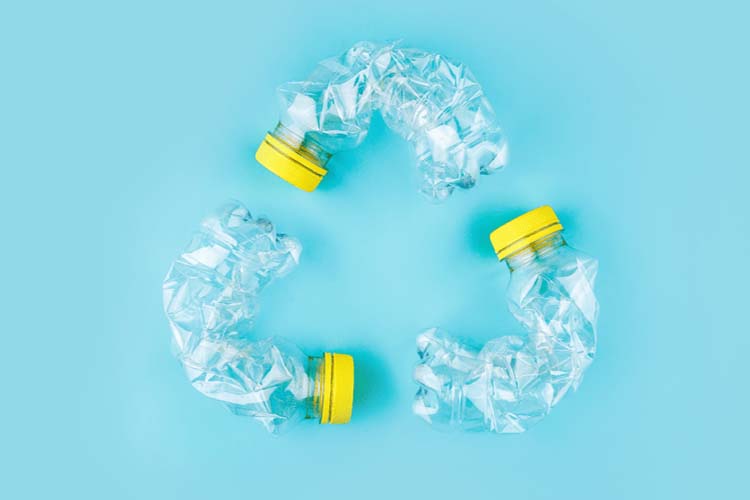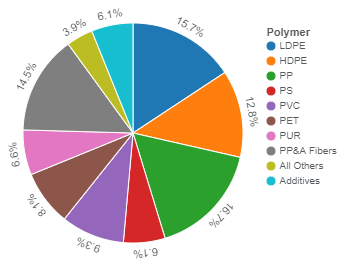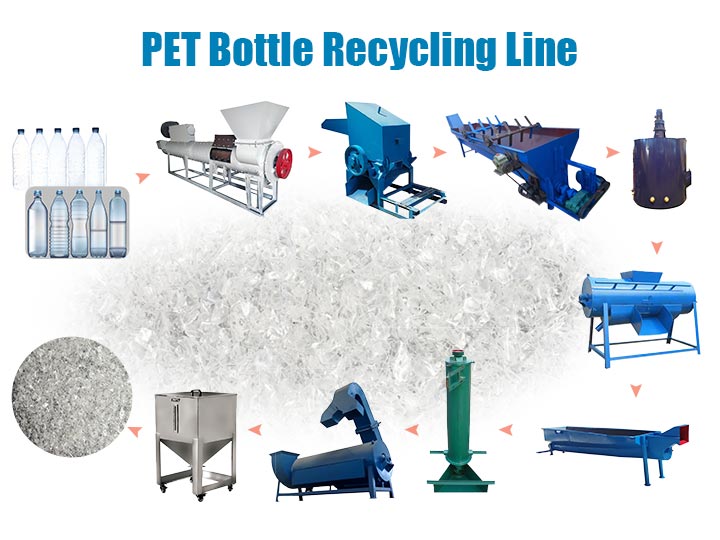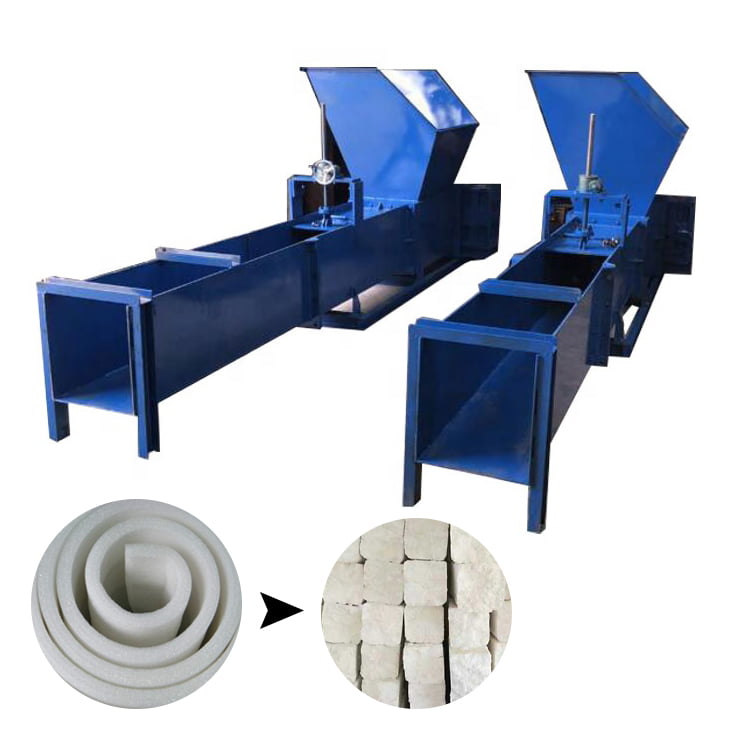Plastic products have become an integral part of our daily lives, as many everyday items are made of some kind of plastic. Special Event Containers collect a lot of plastic bottles at many outdoor events. Plastic has many advantages over other materials because it is less expensive, resistant to corrosion, highly flexible, and strong. While all these properties make it an ideal material for many substances, waste plastics can pose a threat to the environment. Curbside recycling bins are evidence of the amount of plastic we use.
One of the most commonly used products in the United States is plastic. Plastics are used for many purposes. It’s used to package consumer goods, deliver food and beverages, make toys, and for just about every conceivable reason. There are over 10,000 different types of plastic to discover. The product is versatile and can be mixed with different elements, so it has unlimited utility.

What is plastic recycling?
Plastic recycling refers to the recycling of waste plastics. Recycled waste plastics are reprocessed into different useful products, which may be completely different in shape or form from their original state. For example, soft drink bottles are melted and cast into plastic tables and chairs.
Different types of plastic
- Polyethylene terephthalate (PET) is used in beverage containers such as water bottles, soft drink bottles, and salad dressings, as well as in the apparel industry.
- High-Density Polyethylene (HDPE) is used for food contacts such as milk bottles, juice bottles, and organic solvent bottles. It can also be used in garbage bags.
- Low-density polyethylene (LDPE) for packaging, such as foils, trays, freezer food bags and/or plastic bags, and squeezable bottles for food and non-food uses. It can also be used as a protective coating for paper, textiles, and other plastics.
- Polyvinyl chloride (PVC) is used for linoleum, vinyl car roofs, raincoats, shower curtains, and water pipes on the floor of houses.
- Polystyrene (PS) or Styrofoam for safe transport of egg cartons, disposable plates and cutlery, and fragile products. It can also be used as a packaging material to keep drinks hot or cold in a cup.
- Polypropylene (PP) is used in microwave cutlery, margarine tubs, and disposable cups and plates. It can also be used in ropes, carpets, and thermal bottoms.

Plastics are classified according to their resin identification codes, in which polymers are identified. By unifying codes that identify polymer types, recyclers can easily sort plastics by resin type. There are different ways and different uses for plastic recycling. The specification states that plastic recycling is economically viable.
Why recycling of plastic is so important?
Today, plastics are recycled not only for commercial purposes but also for environmental reasons. The more plastic you recycle, the more money you save and the more you contribute to the environment. Compared to wood, paper, cardboard, glass, and metal, plastic recycling is a bit more complicated because it requires a lot of processes due to the intermolecular attraction between polymer chains.
The need for plastic recycling
Because of the advantages of plastic products, their use increases plastic waste. Plastic has the property of not decomposing for a long time. This means that if thrown into a landfill, it will take thousands of years to rot. The manufacture of plastic also consumes water and releases greenhouse gases into the atmosphere, causing global warming. Plastic is lightweight and can be easily transported over long distances by water or air. It also killed many animals, fish, and birds. Therefore, plastic products have to be recycled and not landfilled.
The challenge of plastic recycling
Plastic recycling offers a viable solution to these problems. It involves breaking down used plastic products and reshaping them into usable products. However, plastic recycling is not as easy as recycling other materials such as metal and glass. This is because unlike metals such as aluminum, which can be mixed with other aluminum products and recycled, plastics come in many types, each with a resin identification code. Plastics with different resin codes need to be recycled separately.
PET bottle production line and plastic recycling
As we all know, PET bottles are everywhere in our daily life. They are a very big important part of plastic products. Therefore, the recycling of PET bottles is a big part of plastics. Now, there is new equipment for pet bottle recycling with new technology in Shuliy Machinery company – PET bottle production line. This machine can automatically recycle various types of PET bottles into plastic flakes or pallets. We believe this is a great chance for you and your family. Start a PET bottle recycling business and be a millionaire. Please get in touch with us if anything.


